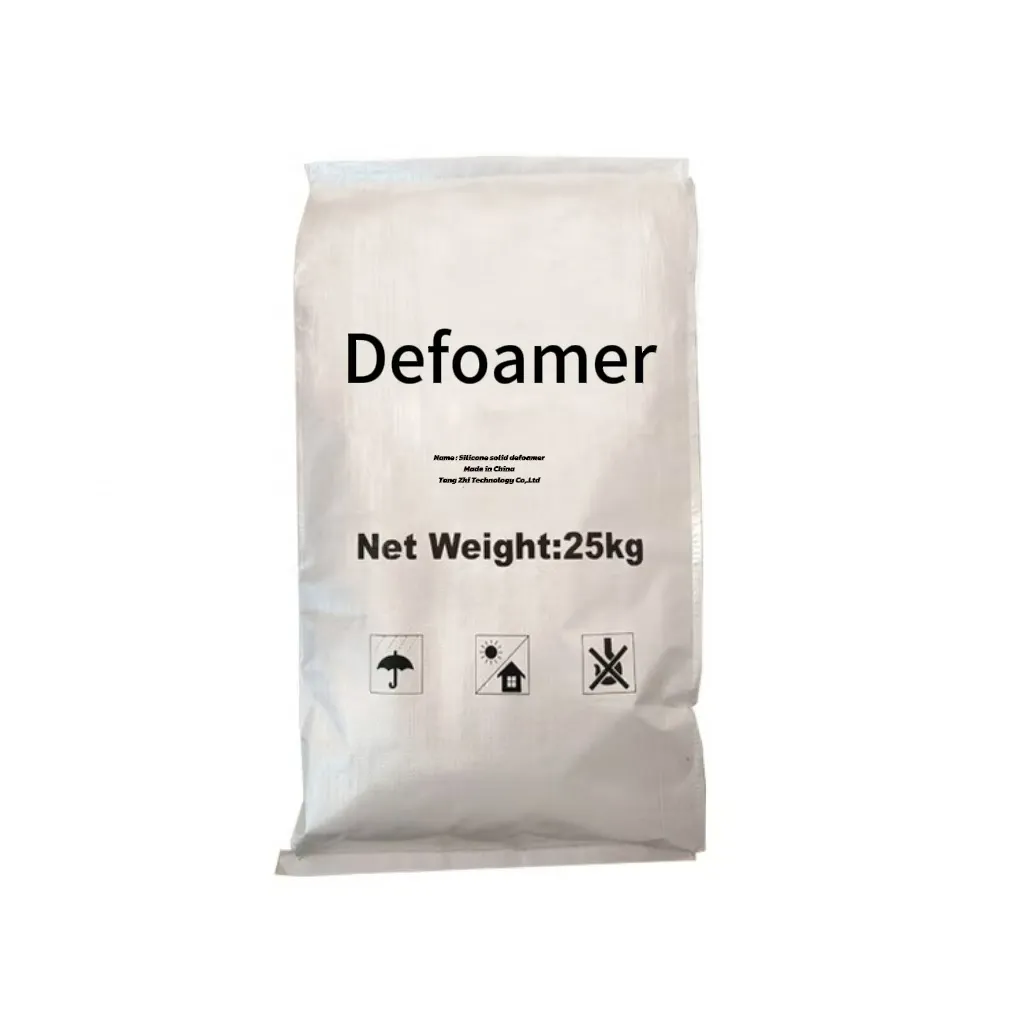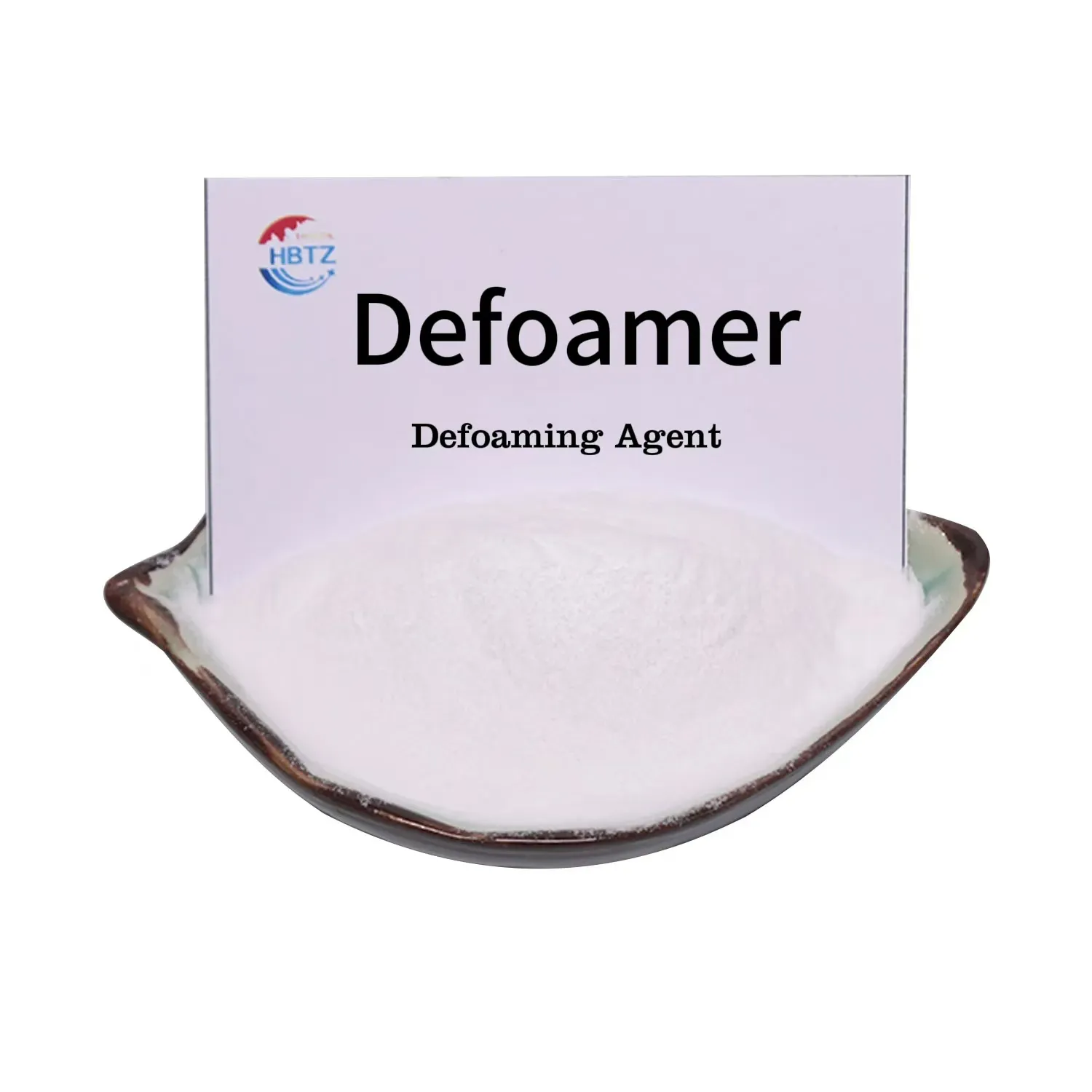
Antifoam and Defoamer: Which Works Faster and Cleaner?
There’s a lot of noise (and, ironically, foam) in process lines these days. If you work in coatings, paper, wastewater, or fermentation, you already know: bubbles wreck throughput and quality. That’s where antifoam and defoamer solutions earn their keep. I’ve spent enough time on factory floors to say this plainly—when you pick the right silicone-based defoamer, operators stop chasing foam and start hitting KPIs again.

Industry trend check: demand is shifting toward low-VOC, broad-temperature, silicone systems that work at low dosage and don’t crater surface appearance. In fact, many customers say they’re moving away from mineral oil options because they smear and are finicky in high-shear mixers. The silicone route—chemically inert, thermally stable—tends to be the safer bet across lines. The product we’re talking about here is simply called Defoamer (Defoaming Agent), manufactured in Shijiazhuang, Hebei, China (Room 2308, Dongsheng Plaza 2, No. 508 Zhongshan East Road, Chang’an District). It’s a straightforward, hardworking auxiliary agent built around silicone oil.
Typical Product Specs (silicone-based)
| Parameter | Typical value (≈, real-world use may vary) |
|---|---|
| Base chemistry | Silicone oil + hydrophobic silica |
| Appearance | Milky to translucent liquid, non-ionic |
| Viscosity (25°C) | ≈ 800–2,000 cSt |
| Density | ≈ 0.95–1.00 g/cm³ |
| pH (emulsion grades) | ≈ 6.5–8.5 |
| Dosage | 20–500 ppm (start low; titrate up) |
| Temp window | 0–200°C process exposure |
| Shelf life | 12 months at 5–30°C, unopened |
Process Flow and Testing
- Materials: Silicone oil, hydrophobic silica, proprietary emulsifiers (if emulsion grade).
- Method: High-shear dispersion → vacuum de-aeration → filtration → QC.
- QC Standards: ASTM D1173 (Ross–Miles foam) for aqueous systems; ASTM D892/D6082 for lube/oil foaming.
- Service life in-batch: Typically 2–8 h foam suppression depending on shear and surfactant load.
- Industries: Waterborne coatings, adhesives, cement/grout, paper & pulp, wastewater, detergents, fermentation, oil & gas fluids.

Applications, Advantages, and What Users Say
- Coatings lines: knockdown microfoam without cratering; surprisingly clean deaeration in acrylics.
- Wastewater: faster skimming, fewer high-level alarms. Operators love the lower dose rate.
- Fermentation: stable headspace, fewer probe false-reads; to be honest, that’s where it pays for itself.
- Advantages: inert chemistry, broad temperature stability, low carryover, fast foam collapse time (
If you need a bespoke cut, customization is routine: viscosity tuning, solids level, food-contact compliant variants (per 21 CFR 173.340—confirm grade), and defoamer “pre-mixes” for easier dosing. And yes, we can talk about antifoam and defoamer blends for extreme surfactant packages.
Vendor Comparison (quick glance)
| Option | Base | Dosage | Temp tolerance | Notes |
|---|---|---|---|---|
| TangZhi Silicone Defoamer | Silicone oil + silica | 20–200 ppm | Wide (0–200°C) | Fast knockdown; low crater risk when dosed correctly. |
| Polyether Antifoam | EO/PO copolymers | 50–500 ppm | Moderate | Good compatibility; slower collapse vs silicone. |
| Mineral Oil Defoamer | Hydrocarbon | 100–800 ppm | Moderate | Cost-effective; can smear in high-shear systems. |
Mini Case Study (real plant, condensed)
Waterborne acrylic paint line (16,000 L). Baseline Ross–Miles foam height: 180 mm at 25°C. After adding 0.03% silicone defoamer in the let-down stage: initial foam collapse to 10 mm; 4-hour run maintained
Compliance and paperwork? Expect ISO 9001-based QC, REACH-ready SDS, and optional food-contact grades referencing 21 CFR 173.340 (verify per application). Many buyers also ask for RoHS statements. Testing references include ASTM D1173 and D892; we can align on your in-house methods too. For multi-site groups, we can bundle antifoam and defoamer supply with training and on-line dosing audits.
Contact & Origin
Room 2308, Dongsheng Plaza 2, No. 508 Zhongshan East Road, Chang’an District, Shijiazhuang, Hebei, China.
-
Reliable Powdered Cellulose Supplier: Quality, Sustainability & InnovationNewsNov.24,2025
-
Find Trusted Microfibrillated Cellulose Suppliers for Sustainable Industrial SolutionsNewsNov.24,2025
-
Leading Methocel Suppliers: Quality, Innovation & Sustainability in Methylcellulose SupplyNewsNov.23,2025
-
Reliable Hydroxyethylcellulose Suppliers for Industry & Sustainability | Tangzhi HPMCNewsNov.23,2025
-
Top Ethyl Cellulose Supplier – Quality, Sustainability, and Industrial SupportNewsNov.23,2025
-
Trusted CMC Powder Suppliers for Food, Pharma & Industrial Use | Tangzhi HPMCNewsNov.22,2025





















